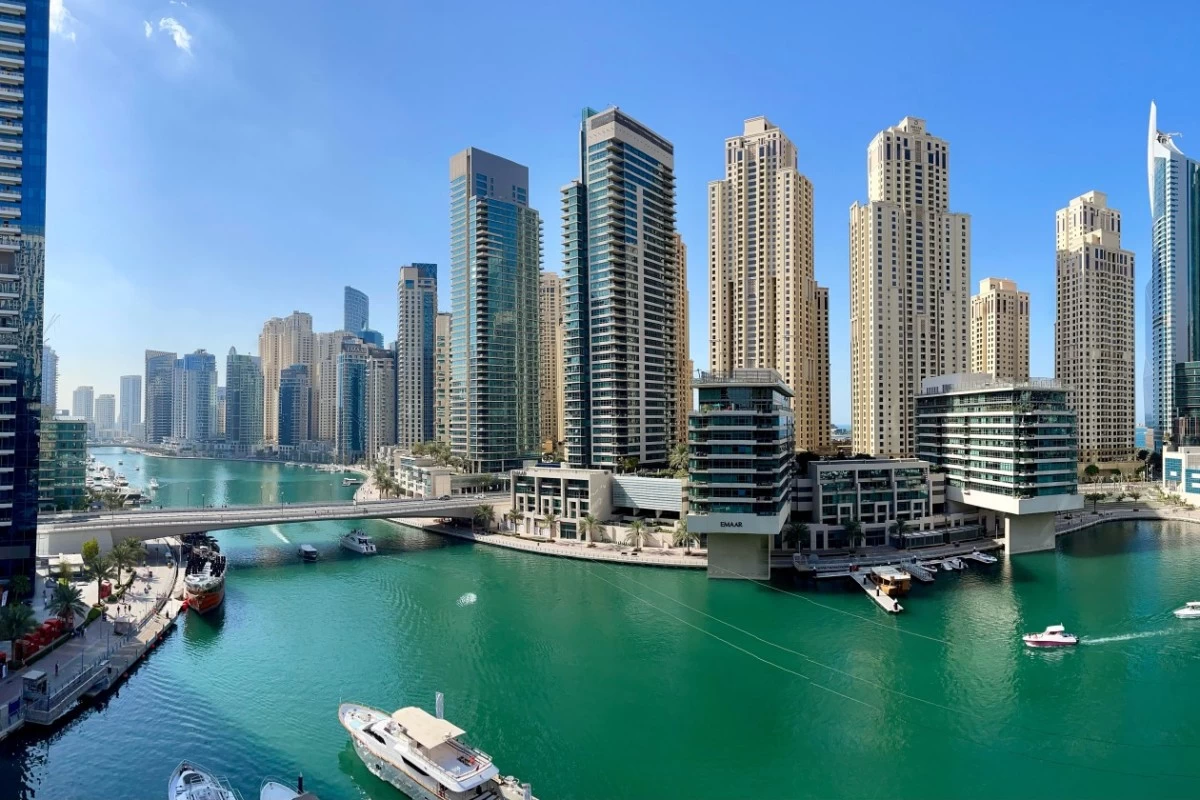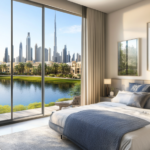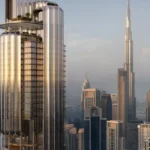Now Reading: UAE Surpasses US in Skyscraper Race with Dubai Leading the World
-
01
UAE Surpasses US in Skyscraper Race with Dubai Leading the World
UAE Surpasses US in Skyscraper Race with Dubai Leading the World
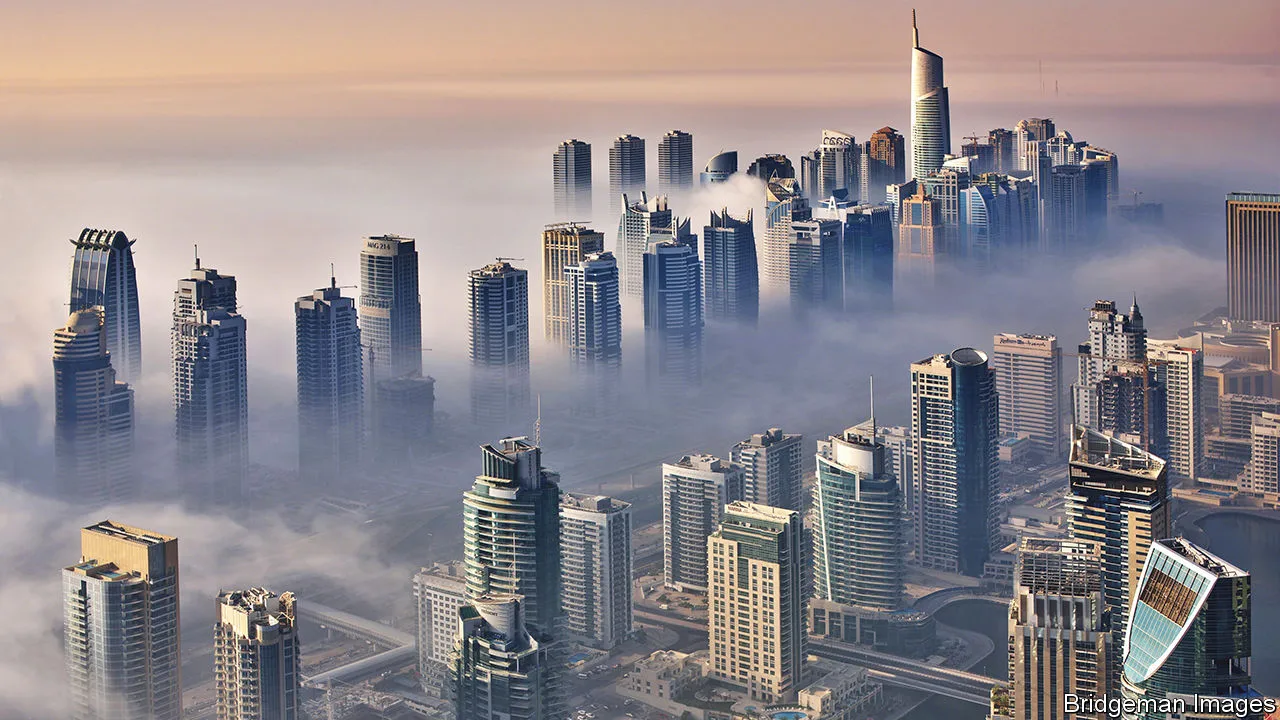
Table of Contents
Dubai: A Skyline That Touches the Clouds
Dubai has long been known for its groundbreaking architecture and ambitious skyline. Over the past decade, the city has transformed itself into a global hub for luxury, innovation, and record-breaking skyscrapers. Today, Dubai stands not just as a Middle Eastern powerhouse but as one of the tallest cities in the world, surpassing even the United States in the number of towering structures.
The Burj Khalifa, already iconic, no longer stands alone. A new generation of skyscrapers is reshaping the city, pushing boundaries in height, design, and technology. Dubai’s skyline has become a symbol of ambition, reflecting the UAE’s commitment to becoming a leader in urban development and global architecture.
UAE’s Skyscraper Boom
The UAE’s push for vertical expansion is evident across multiple emirates, with Dubai at the forefront. Abu Dhabi, Sharjah, and other cities are following suit, contributing to a nationwide skyline transformation.
Several factors are driving this boom:
- Strategic Vision: The UAE government’s long-term plans emphasize sustainable urban growth and world-class infrastructure.
- Foreign Investment: Global investors are attracted to the region’s strong economy, tax incentives, and innovative real estate projects.
- Architectural Innovation: UAE architects and developers are experimenting with unique designs that balance aesthetics with functionality.
The results are remarkable. The UAE now hosts hundreds of skyscrapers over 150 meters, surpassing traditional American hubs like New York and Chicago in the race for vertical prominence.
Dubai’s Record-Breaking Developments
Dubai remains the crown jewel of the UAE’s skyscraper revolution. Beyond the Burj Khalifa, new projects are set to redefine the city’s skyline:
- The Dubai Creek Tower: Expected to surpass the Burj Khalifa in height, this project represents a new era of engineering marvels.
- Marina and Business Bay Developments: These districts are home to hundreds of high-rises that cater to residential, commercial, and mixed-use needs.
- Sustainable Skyscrapers: New buildings are integrating green technology, reducing carbon footprints while maintaining luxury standards.
Dubai’s ability to merge innovation, luxury, and sustainability sets it apart from other global cities and cements its status as a hub for futuristic architecture.
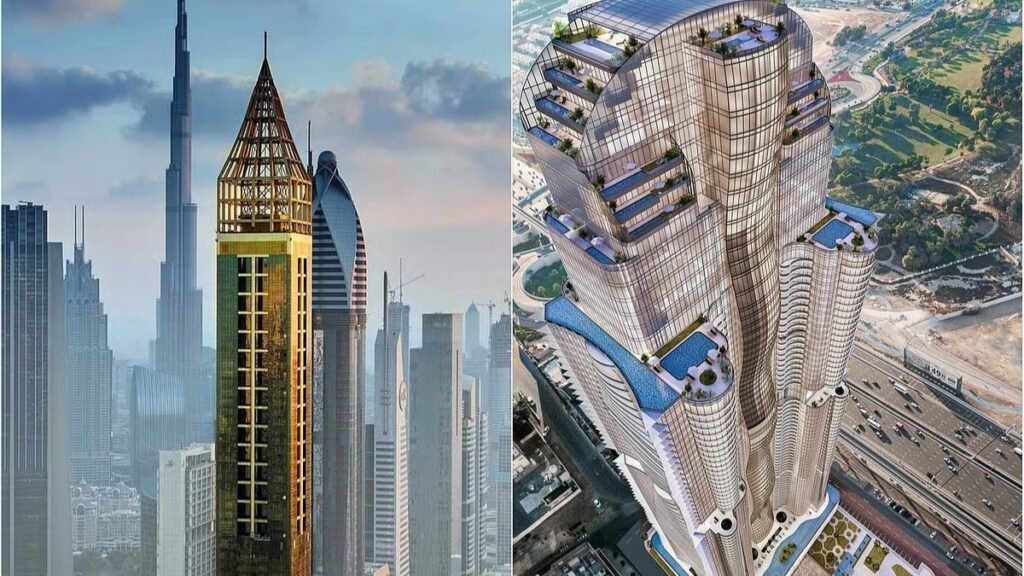
Impact on Real Estate and Economy
The skyscraper boom has profound implications for the UAE’s economy and real estate market. High-rise developments attract affluent investors, drive tourism, and stimulate job creation.
Some key effects include:
- Property Value Appreciation: Premium high-rise properties command some of the highest prices globally, particularly in Dubai Marina and Downtown Dubai.
- Luxury Lifestyle Demand: High-end apartments, serviced residences, and penthouses cater to an international clientele seeking exclusivity.
- Tourism Growth: Architectural landmarks draw millions of tourists, bolstering hospitality and retail sectors.
As the UAE continues to innovate, the vertical expansion also contributes to urban densification, optimizing land use while accommodating a growing population.
Global Recognition and Influence
Dubai and the UAE’s skyline achievements have garnered global attention. Architects, investors, and urban planners view the city as a model for ambitious, forward-thinking development.
Key points of recognition include:
- Dubai is now listed among the top cities globally for the number of skyscrapers.
- Several new towers are designed to surpass previous height records, showcasing cutting-edge engineering.
- International collaborations with renowned architectural firms are shaping the city’s skyline.
This global recognition not only elevates the UAE’s international profile but also reinforces its position as a leader in urban planning and luxury development.
Challenges of Rapid Vertical Growth
While the skyscraper boom offers numerous benefits, it also presents challenges:
- Infrastructure Strain: Rapid growth requires significant investment in transportation, utilities, and public services.
- Environmental Concerns: High-rise constructions have energy demands and ecological impacts that need careful management.
- Market Saturation Risks: Excessive supply of luxury apartments can affect pricing and long-term investment returns.
However, the UAE has consistently implemented strategies to mitigate these risks, including smart city planning, sustainable building regulations, and continuous economic diversification.
Looking Ahead: The Future of UAE Skyscrapers
The UAE shows no signs of slowing down in its vertical ambitions. Upcoming projects hint at even taller, more innovative buildings that will continue to transform the skyline.
Future trends include:
- Mixed-Use Mega Towers: Combining residential, commercial, and leisure facilities within a single vertical ecosystem.
- Smart Skyscrapers: Incorporating AI, IoT, and energy-efficient technologies for smarter urban living.
- Cultural Integration: Modern skyscrapers will increasingly reflect local heritage, blending tradition with futuristic design.
Dubai and the broader UAE are poised to remain at the forefront of global architecture, inspiring cities worldwide to reimagine the possibilities of vertical urban development.
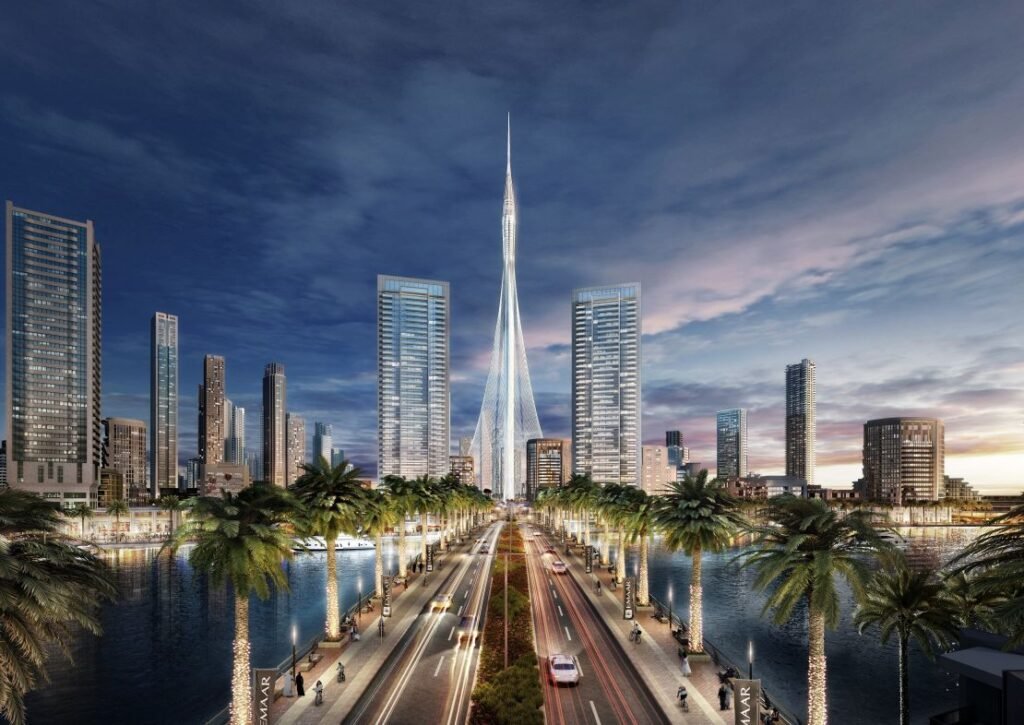
Conclusion: UAE’s Vertical Triumph
The UAE’s rise in the skyscraper race is more than just a numbers game. It represents ambition, innovation, and a strategic vision for the future. Dubai, with its world-renowned skyline, symbolizes what a city can achieve when imagination meets planning, technology, and investment.
By surpassing the US in the number of skyscrapers and continuing to innovate with taller, smarter, and more sustainable buildings, the UAE is not just participating in the global skyline competition—it is leading it.
The story of Dubai’s skyscrapers is a testament to the UAE’s commitment to shaping the world’s most iconic urban landscapes, ensuring that the nation remains a beacon of progress, luxury, and architectural excellence.
Do Follow Estate Magazine on Instagram
Binghatti’s $500 Million Green Sukuk Oversubscribed: A Sustainable Finance Triumph




